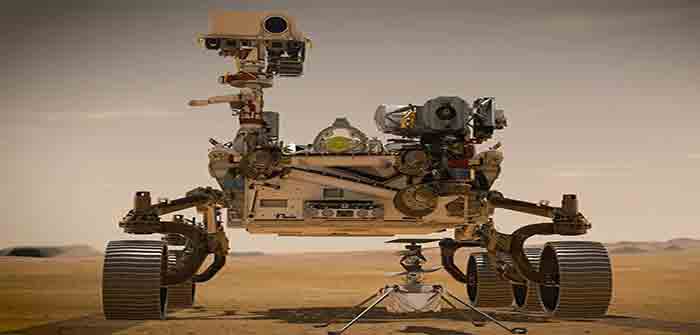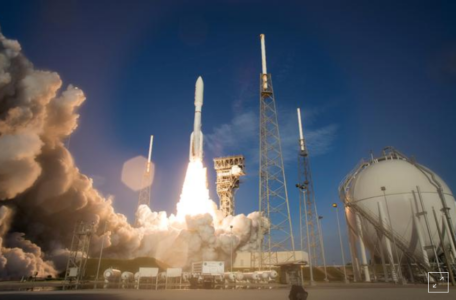
by Steve Gorman
NASA’s Mars rover Perseverance, the most advanced robotic astrobiology lab ever flown to another world, neared the end of its seven-month, 293-million-mile (470-million-km) journey on Wednesday, hours away from a daredevil landing attempt on the Red Planet.

With 370,000 miles (596,000 km) left to travel, Perseverance was hurtling through space on track for a bull’s-eye touchdown on Thursday inside a vast basin called Jezero Crater, site of a long-vanished Martian lake bed and river delta, mission managers said on Tuesday.
The primary objective of the two-year, $2.7 billion mission is a search for evidence that microbial organisms may have flourished on Mars some 3 billion years ago, when the planet was warmer, wetter and presumably more hospitable to life.
Larger and more sophisticated than any of the four mobile science vehicles NASA landed on Mars before it, Perseverance is designed to extract rock samples for future analysis back on Earth – the first such specimens ever collected by humankind from another planet.
“I can tell you that Perseverance is operating perfectly right now, that all systems are go for landing,” Jennifer Trosper, deputy project manager at NASA’s Jet Propulsion Laboratory near Los Angeles, told an online briefing.
Mission engineers sent the spacecraft a command on Monday night activating onboard systems for atmospheric entry, descent and landing, Trosper said.
Data received from the rover, still packed inside the capsule of the Mars-bound “cruise” stage of the spacecraft, shows the vehicle “headed exactly where we want to be,” with no last-minute course corrections anticipated, she said.
Nevertheless, NASA engineers acknowledge that getting the six-wheeled, SUV-sized rover safely to the Martian surface is the riskiest part of the mission.
WHIRLYBIRD AND OXYGEN
Much depends on the result. Building on nearly 20 U.S. outings to Mars…
Continue Reading